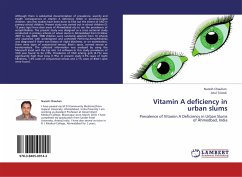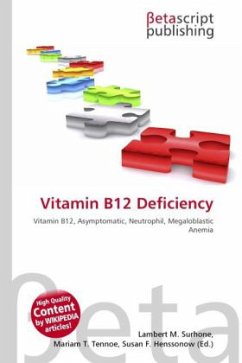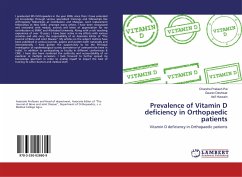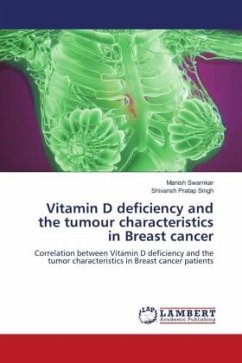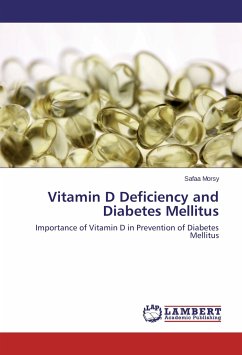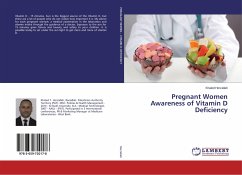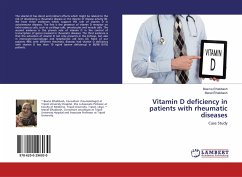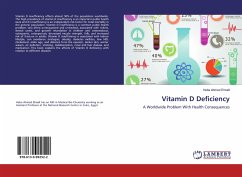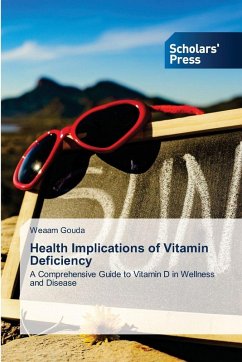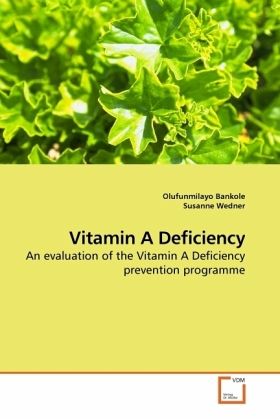
Vitamin A Deficiency
An evaluation of the Vitamin A Deficiency prevention programme
Versandkostenfrei!
Versandfertig in 6-10 Tagen
32,99 €
inkl. MwSt.

PAYBACK Punkte
16 °P sammeln!
An evaluation of the Vitamin A Deficiency prevention programme in two selected local government areas in Lagos State, Nigeria (with a million people) was conducted within the period 7/7/2004 and 23/7/2004 with the aim of determining the prevalence of Xerophthalmia in children aged 24 to 71 months and assessing the equity of the Vitamin A programme using: supplement distribution coverage, access and utility of existing facilities for Vitamin A supplements distribution, the distribution, availability and affordability of fortified foods. Vitamin A Deficiency is still a problem of mild public hea...
An evaluation of the Vitamin A Deficiency prevention programme in two selected local government areas in Lagos State, Nigeria (with a million people) was conducted within the period 7/7/2004 and 23/7/2004 with the aim of determining the prevalence of Xerophthalmia in children aged 24 to 71 months and assessing the equity of the Vitamin A programme using: supplement distribution coverage, access and utility of existing facilities for Vitamin A supplements distribution, the distribution, availability and affordability of fortified foods. Vitamin A Deficiency is still a problem of mild public health significance. The vitamin A supplement coverage programme has achieved its stated objective of 80% coverage owing its achievement to the NID universal delivery system although this approach has its limitation in poor records and risk of incurring dosage deficit. Proximity or physical accessibility is not necessarily associated with utilization of services. Also poor household coverage of fortified food is due partly to non affordability, poor availability and more importantly lack of awareness of food fortification/fortified foods.



